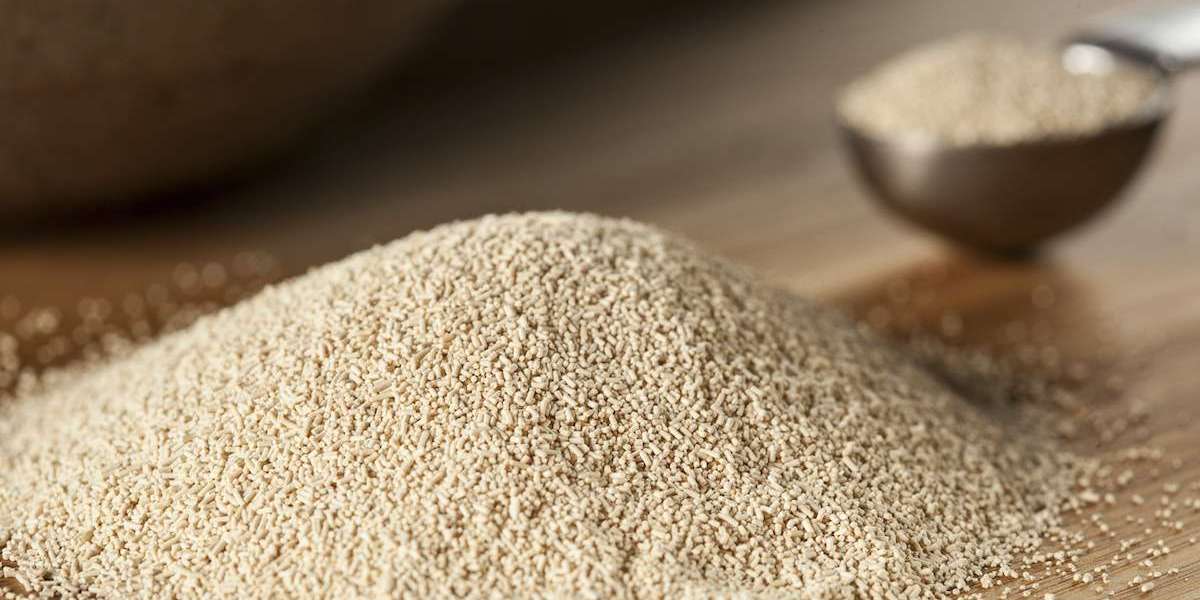The dry yeast market has seen substantial growth over the past decade, driven by the increasing demand across bakery, brewing, processed food, and nutraceutical sectors. However, like many other food ingredients, the dry yeast industry is deeply influenced by supply chain dynamics and pricing trends that directly impact production, availability, and profitability. Understanding these factors is crucial for manufacturers, distributors, and end users seeking to optimize operations and manage risks.
This article explores the supply chain structure, key influences on pricing trends, and the implications of recent global developments on the dry yeast market.
Overview of the Dry Yeast Supply Chain
The dry yeast supply chain is a multi-tiered process that includes several key stages:
1. Raw Material Sourcing
The primary raw materials for yeast production include:
Molasses, a byproduct of sugar refining, which serves as a carbon source for yeast fermentation.
Nutrients, such as ammonium salts and vitamins, to support yeast growth.
Water and other fermentation agents.
Availability and prices of these raw materials are closely linked to agricultural cycles and global commodity markets.
2. Fermentation and Processing
Manufacturers cultivate yeast in fermentation tanks, followed by steps such as:
Separation and drying
Packaging
Quality testing
Energy costs, labor, and technological efficiency at this stage significantly affect the final product cost.
3. Packaging and Distribution
Dry yeast is typically packed in vacuum-sealed or moisture-proof containers to ensure shelf stability. From here, it is distributed through:
Retail channels (supermarkets, specialty stores)
Food service and industrial suppliers
E-commerce platforms
Transport logistics, cold chain management (where applicable), and packaging material costs all play a role in shaping supply dynamics.
4. End Users
Final consumers range from commercial bakeries and breweries to home users and nutraceutical manufacturers. Growing health and wellness trends have also introduced new segments like plant-based food producers and vegan supplement brands.
Factors Influencing Pricing Trends
1. Raw Material Volatility
Molasses prices, which fluctuate with global sugarcane and sugar beet production, directly impact yeast manufacturing costs. Shortages or poor harvests can lead to supply constraints and price hikes.
2. Energy and Utility Costs
Yeast production is energy-intensive, especially during fermentation and drying. In regions with volatile electricity and fuel prices, production costs can fluctuate sharply.
3. Labor and Operational Costs
Wage inflation, particularly in regions with tight labor markets, has added upward pressure on operational expenses. In contrast, automation in manufacturing facilities can help offset these costs over time.
4. Packaging and Transport Expenses
Rising fuel prices and disruptions in global shipping (such as port delays and container shortages) have significantly increased freight costs. Moreover, sustainable packaging initiatives may add costs but improve brand positioning.
5. Currency Exchange Rates
For globally traded products, fluctuations in exchange rates can affect export/import pricing, especially for multinational producers operating across different regions.
Recent Supply Chain Disruptions and Trends
Post-COVID Recovery
The pandemic caused severe disruptions in the yeast supply chain—raw material shortages, labor unavailability, and bottlenecks in transportation. Although the market has largely recovered, manufacturers have adopted more localized sourcing strategies and invested in supply chain resilience.
Ukraine-Russia Conflict
Given the importance of Eastern Europe in molasses and sugar beet production, geopolitical instability in this region has affected supply chains. Companies are now diversifying their supplier base to mitigate such risks.
Sustainability and ESG Pressures
There is increasing emphasis on environmentally sustainable practices in yeast production. While this may raise short-term costs due to investments in clean energy and waste reduction, it is likely to offer long-term pricing stability and brand value.
Global Pricing Trends: Regional Highlights
North America: Prices are relatively stable due to strong domestic production and streamlined distribution networks.
Europe: Energy price volatility and environmental regulations have led to slight increases in production costs.
Asia-Pacific: Rapid industrialization and rising demand, especially from India and China, have driven up prices. However, growing local production is helping to balance the supply-demand gap.
Latin America and MEA: Import dependency has exposed these regions to higher price fluctuations, though emerging manufacturing hubs are starting to stabilize the market.
Strategies for Managing Costs and Enhancing Efficiency
To combat pricing volatility and supply chain uncertainty, companies in the dry yeast market are adopting strategies such as:
Vertical integration to control raw material supply
Long-term contracts with reliable molasses suppliers
Investment in R&D for yield optimization and strain innovation
Digital supply chain tools for demand forecasting and inventory management
Regional manufacturing hubs to reduce dependence on global shipping
Conclusion
The dry yeast market continues to grow robustly, supported by rising demand across food, beverage, and nutraceutical sectors. However, supply chain complexities and pricing trends remain critical factors shaping the market landscape. By understanding and navigating these dynamics—through smarter sourcing, technology integration, and risk mitigation—stakeholders can ensure long-term competitiveness and sustainable growth.








